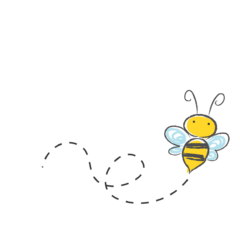Chaos to Calm: A Guide to Mindful Breathing for Stress Relief
The Importance of Managing Stress Taking care of our stress levels is vital for physical and mental well-being. We all experience stress in response to life’s ups and downs, but when it lingers or becomes too much to handle, it can lead to issues like anxiety, depression, and even heart problems. Here’s the good news: […]
Chaos to Calm: A Guide to Mindful Breathing for Stress Relief Read More »
